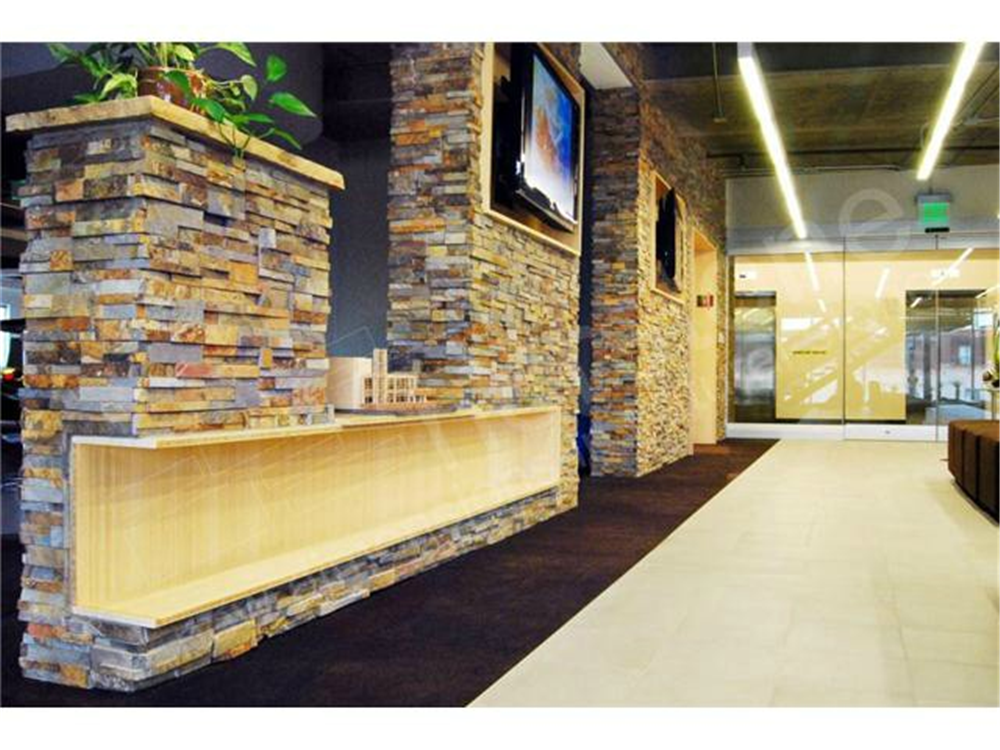Introduction
Cultured stone, also known as manufactured stone or faux stone, has become a popular alternative to natural stone in construction and design. Handcrafted cultured stone takes this versatile material to the next level, combining artisanal craftsmanship with modern technology to create stunning architectural and design elements. In this article, we will explore the history, production process, benefits, and applications of handcrafted cultured stone.
History of Cultured Stone
Cultured stone has a long history dating back to ancient civilizations that used various materials to mimic the look of natural stone. In the modern era, the concept of manufactured stone gained popularity in the 20th century as a cost-effective and lightweight alternative to natural stone. Handcrafted cultured stone emerged as a way to add a touch of artistry and customization to the production process.
Production Process of Handcrafted Cultured Stone
Handcrafted cultured stone is typically made from a mixture of cement, aggregates, and pigments that are poured into molds to create the desired shape and texture. The handcrafted aspect comes into play during the finishing process, where skilled artisans apply various techniques to enhance the stone's appearance. These techniques may include hand-carving, hand-painting, and hand-aging to create a unique and authentic look.
Benefits of Handcrafted Cultured Stone
One of the key benefits of handcrafted cultured stone is its versatility. Artisans can create custom designs and finishes to suit a wide range of architectural styles and design preferences. Handcrafted cultured stone is also more durable and weather-resistant than natural stone, making it ideal for both interior and exterior applications. Additionally, handcrafted cultured stone is more affordable than natural stone, making it a cost-effective option for homeowners and builders.
Applications of Handcrafted Cultured Stone
Handcrafted cultured stone can be used in a variety of applications, including exterior facades, interior accent walls, fireplaces, and landscaping features. https://www.fs-slate.com makes it easy to install and reduces the need for additional structural support. Handcrafted cultured stone can also be customized to match existing stone elements or create a cohesive design theme throughout a space.
Case Studies
To illustrate the beauty and versatility of handcrafted cultured stone, let's explore a few case studies of successful projects where this material was used:
1. Exterior Facade: A custom-built home in the countryside features a handcrafted cultured stone exterior facade that blends seamlessly with the natural surroundings. The artisanal finishes and textures of the stone create a warm and inviting look that complements the architectural style of the home.

2. Interior Accent Wall: A modern loft apartment in the city incorporates a handcrafted cultured stone accent wall in the living room. The unique design of the stone adds visual interest and texture to the space, creating a focal point that enhances the overall aesthetic of the room.
3. Fireplace Design: A cozy cabin retreat in the mountains showcases a handcrafted cultured stone fireplace design that exudes rustic charm. The hand-carved details and aged finish of the stone create a sense of warmth and character, making the fireplace the centerpiece of the living area.
Conclusion
Handcrafted cultured stone offers a perfect blend of artistry and functionality, making it a popular choice for homeowners, builders, and designers alike. With its customizability, durability, and affordability, handcrafted cultured stone provides endless possibilities for creating unique and visually striking architectural and design elements. Whether used in exterior facades, interior walls, fireplaces, or landscaping features, handcrafted cultured stone adds a timeless and elegant touch to any space.
